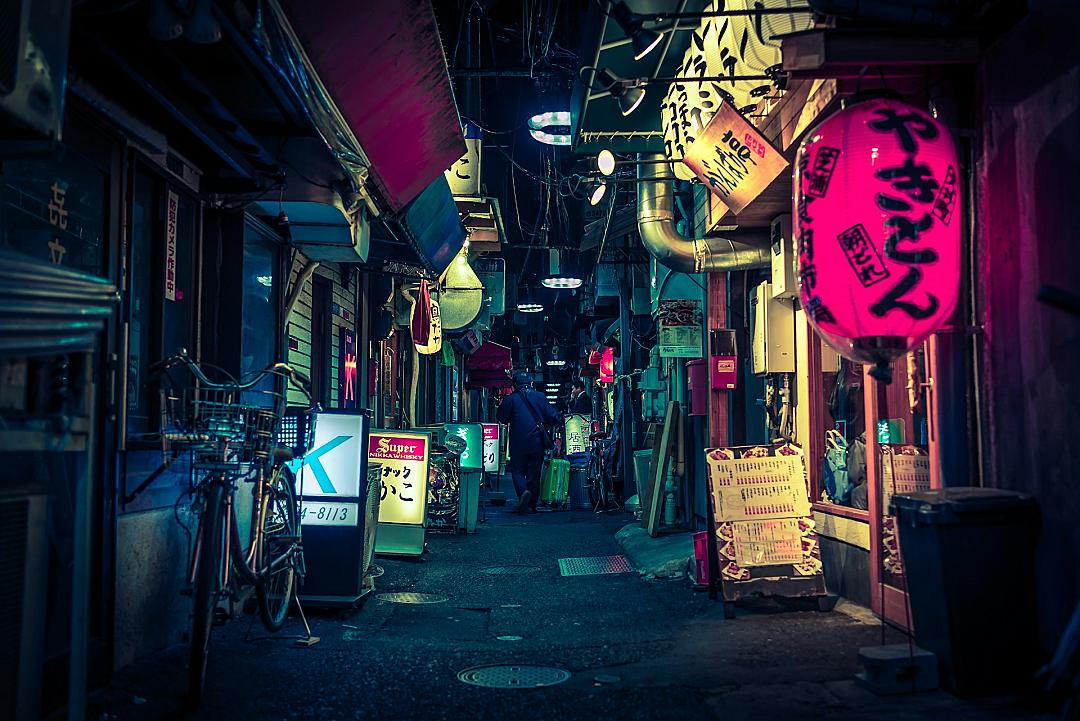"We're going to grow faster than Europe."
Suddenly, the building begins to shake violently. faces.
Yet, it's a restrained panic.
They drop to their knees or squat low, seeking stability. wildly, some blinking erratically. tumble from tables.
Looking out the window, other skyscrapers sway, mirroring the motion of trees in a strong wind. Except, this isn't a bus. It's a building.
Despite the intense shaking, no one screams. others in a rush to escape.
Remarkably, the building withstands the tremor.
This isn't an isolated incident; it's a common occurrence in Japan, a nation known for its frequent and powerful earthquakes.
In most regions, an earthquake's impact is devastating: buildings collapse, roads fracture, pipelines rupture, and power lines break, crippling essential infrastructure.
But Tokyo, Japan's bustling capital, defies this pattern.
The Devastation of the Great Kanto Earthquake
The Great Kanto Earthquake struck Tokyo on September 1, 1923, at 11:58 AM. registered a magnitude of 7.9 on the Richter scale.
Instead of the typical few seconds, the shaking continued for an agonizing 4 to 10 minutes.
The earthquake's force cracked streets, ignited fires, and engulfed the city's wooden structures.
Approximately 100,000 homes were consumed by the flames. estimated 140,000.
Survivors faced the daunting tasks of battling the fires, clearing debris, and constructing temporary and then permanent housing.
This catastrophic event profoundly shaped Japanese culture, particularly in Tokyo. Building codes were significantly strengthened. on structures, and the use of wood was replaced by concrete and steel. Stringent inspection and monitoring procedures were put into place.
Then, World War II erupted, and the city was once again subjected to immense destruction.
The Tokyo air raids of 1944-1945 aimed to cripple Japan's industrial capacity, hindering its ability to wage war.
Tokyo's Triumph: Rebuilding for the Future
Today, Tokyo is renowned for its towering skyscrapers that stand as a testament to its ability to withstand repeated earthquake events. city, home to 37 million residents.
In 1945, with the end of World War II, Japan faced the daunting task of rebuilding as a defeated nation.
However, the nation embarked on a path of reconstruction, and by the 1960s, it had risen to become the world's second-largest economy. economic growth.
From around 1950 onward, the rebuilding of structures destroyed in the war accelerated. Japan's rapid industrialization fueled a massive influx of people into Tokyo, the nation's economic heart.
This surge in population created a scarcity of space, forcing developers to build upwards.
But an obstacle stood in their way: a law that capped building heights at 31 meters.
This regulation was in place due to Tokyo's vulnerability to earthquakes and other natural disasters.
Ironically, it was around the time Tokyo hosted the 1964 Olympics that this restriction was lifted.
This decision was based on the remarkable advancements in Japanese building technology.
The Ingenuity of Japanese Building Technology
A key factor in building damage during earthquakes is the rigidity of concrete, which is prone to cracking under stress because it lacks flexibility.
Modern buildings incorporate both steel and concrete to address this, but even this combination has limitations.
Japanese engineers drew inspiration from automotive technology to overcome these challenges.
They integrated a "suspension" system into the buildings.
Instead of rigidly attaching skyscrapers to their foundations, they used rubber bearings and springs to support the building's pillars.
Furthermore, they installed heavy dampers in the upper sections of these structures to counteract building movement during seismic activity.
These innovations, combined with stringent material standards, enabled Japan to construct towering skyscrapers in an earthquake-prone region.
Japan's expertise in this field has earned them global recognition.
These rigorous standards and engineering principles extended beyond buildings, influencing the development of other infrastructure.
Bridges, highways, canals, drainage systems, and the power grid all adopted similar technologies to mitigate earthquake damage.
This engineering prowess was instrumental in Tokyo's resurgence and its central role in Japan's economic miracle.
It allowed Tokyo to flourish as the world's largest city, despite its location in an earthquake zone.
The Power of Rebuilding
Throughout the evolution of economies, nations, and businesses, valuable insights and principles are acquired.
This accumulation of experience and historical knowledge is invaluable, providing guidance on what actions to take and what missteps to avoid.
However, this reliance on past lessons can be a double-edged sword.
Over time, some of these lessons and rules become outdated, and established organizations often struggle to distinguish between beneficial and detrimental practices.
In such instances, a fresh start can yield significantly better outcomes.
Consider the modern smartphone: it wasn't developed by traditional phone manufacturers like Nokia or Blackberry, but by Apple, a newcomer to the phone industry.
Amazon revolutionized online retail shopping, not Walmart.
The popularization of cars is attributed to Ford, not companies that produced horse-drawn carts.
Uber, a company founded by individuals with no background in the taxi business, transformed the cab booking industry.
Google's search engine wasn't created by a traditional phone directory company.
Similarly, Tokyo's successful rebirth was achieved through a process of reinvention.
Major upheavals create new opportunities.
New companies, unburdened by outdated practices, can emerge and often surpass established leaders.
Rebuilding, in many cases, leads to significant improvements and advancements.
